Gardening with Kids: Fun and Educational Activities for Young Gardeners
Gardening isn't just for adults; it's an enriching experience that can captivate the minds and hearts of children too.
Engaging kids in gardening not only introduces them to the wonders of nature but also provides valuable lessons in responsibility, patience, and environmental stewardship.
From planting seeds to harvesting vegetables, there are numerous fun and educational activities that young gardeners can enjoy. In this article, we'll explore some delightful ways to involve children in gardening and foster their love for nature.

Start with seeds
One of the most exciting aspects of gardening for kids is witnessing the miracle of growth from seed to plant. Start by letting them choose seeds of their favorite flowers, herbs, or vegetables. Allow them to plant the seeds in pots or garden beds, teaching them about the importance of soil, water, and sunlight in the germination process. Encourage them to keep a journal to track the progress of their seeds as they sprout and grow.
Create a kid-friendly garden space
Designate a special area in the garden that belongs to the kids. Let them personalize it with colorful signs, homemade scarecrows, or whimsical decorations. Consider installing raised beds or containers at a height that's easily accessible to little hands. Include plants that appeal to children, such as sunflowers, cherry tomatoes, strawberries, and fragrant herbs like mint and lavender.
Learn about beneficial insects
Teach children about the importance of insects in the garden ecosystem and how some bugs are helpful allies in controlling pests. Take them on a bug hunt and encourage them to identify beneficial insects like ladybugs, bees, and butterflies.
Build simple insect hotels using recycled materials to provide shelter for these helpful creatures. You can also plant flowers that attract pollinators, such as bee balm, coneflowers, and zinnias, to create a vibrant and buzzing garden.
Get dirty with soil experiments
Gardening provides an excellent opportunity for hands-on learning about soil science. Conduct fun experiments to explore different types of soil and their properties. Let kids examine soil samples from various parts of the garden, comparing textures, colors, and moisture levels. Demonstrate the importance of composting by setting up a small compost bin and observing how organic waste transforms into nutrient-rich soil amendment.
Grow your own pizza garden
Take gardening to the next level of excitement by creating a themed garden like a pizza garden.
Plant tomatoes, peppers, basil, oregano, and other ingredients commonly found on pizzas. As the plants grow, children can harvest the fresh produce and use them to make homemade pizzas.
Not only does this activity encourage healthy eating habits, but it also teaches kids about the origins of their food and the joys of cooking with homegrown ingredients.
Host garden workshops and craft sessions
Organize regular garden workshops or craft sessions to keep children engaged and inspired. Invite them to make nature-inspired crafts using materials found in the garden, such as pressed flowers, pine cones, and twigs. Teach them how to create seed bombs or eco-friendly bird feeders to attract wildlife to the garden.
Additionally, involve kids in garden-related tasks like watering, weeding, and harvesting, allowing them to take pride in caring for their green space.
Explore the magic of plant reproduction
Introduce children to the fascinating world of plant reproduction through activities like seed saving and propagation. Show them how to collect seeds from mature plants and explain the concept of pollination and fertilization.
Experiment with simple propagation techniques like stem cuttings or root division, allowing kids to witness new plants forming from cuttings or divisions of parent plants. This hands-on experience will deepen their understanding of plant life cycles and reproduction.
Celebrate garden harvests with garden-to-table meals
Turn garden harvests into memorable culinary experiences by involving kids in garden-to-table cooking activities. Encourage them to pick fresh vegetables and herbs from the garden and assist in preparing delicious meals or snacks. From homemade salads and veggie wraps to fruit smoothies and herb-infused lemonades, there are endless possibilities for nutritious and tasty creations.
Use these opportunities to discuss the importance of healthy eating and the satisfaction of growing and harvesting your own food.
Final thoughts
In conclusion, gardening with kids offers a wealth of opportunities for fun, learning, and bonding with nature. By engaging children in hands-on gardening activities, we not only foster a deeper appreciation for the natural world but also instill valuable life skills and lessons in environmental stewardship.
Whether planting seeds, exploring insects, or harvesting vegetables, every moment spent in the garden is an opportunity for young gardeners to connect with the wonders of the earth and cultivate a lifelong love of gardening. So grab your trowels, put on your gardening gloves, and let the gardening adventures begin!































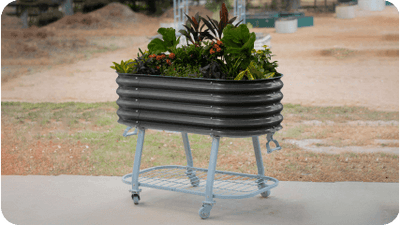








































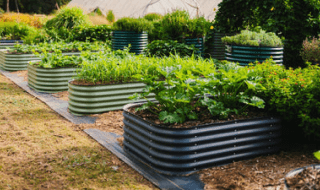
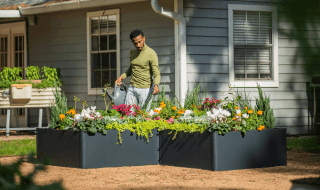
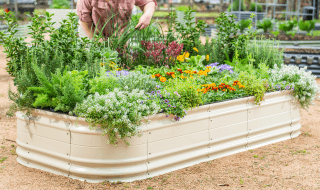
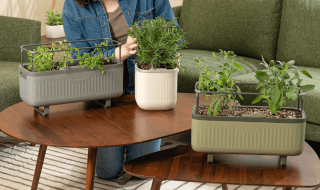
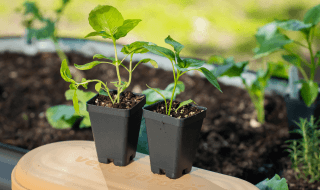
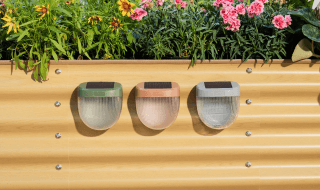
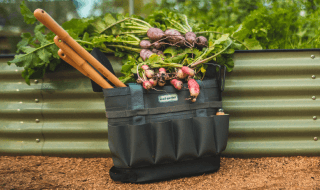
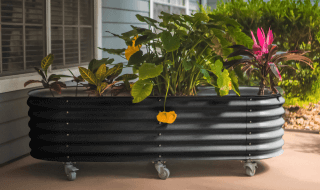







Leave a comment